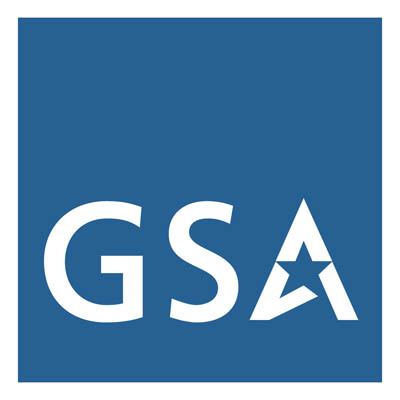Websites, viewed through web browsers, function as a primary method for sharing online information and services through a collection of interconnected web pages. Section 508 of the Rehabilitation Act mandates that federal agencies must ensure websites and web pages they develop, use, maintain, or procure are accessible to individuals with disabilities. This involves design and coding of web content to facilitate navigation, readability, and interaction for all users, including those with disabilities.
Definitions
The Section 508 Standards define “Web page” as “A non-embedded resource obtained from a single Universal Resource Identifier (URI) using HyperText Transfer Protocol (HTTP) plus any other resources that are provided for the rendering, retrieval, and presentation of content.”
Further, Section508.gov offers that “A website, and web-based application, consists of many web pages linked together under a common domain name such as “[agency-name].gov.””
If content is rendered through a web browser, it is most likely that the web content must conform to Section 508 Standards whether public or part of agency official communication.
Applicability
Section 508 applies to public facing websites, extranet, and internal websites such as intranet sites. Websites must conform to the Section 508 Standards and the W3C Web Content Accessibility Guidelines (WCAG) 2.0 Level AA.
Examples:
- A web portal to view Social Security benefits
- A table of current recalled products on the Food and Drug Administration website
- Local offices listed on the U.S. Citizen and Immigration Services’ website
- Links to required training for federal employees on the agency’s intranet site
- About Us and organizational chart on a federal agency website
- Timesheet website for federal employees to input leave and hours worked
Related Resources:
- Interagency Trusted Tester Program
- The ICT Testing Baseline for Web
- Tools for Testing Information and Communications Technology
Reviewed/Updated: August 2025


